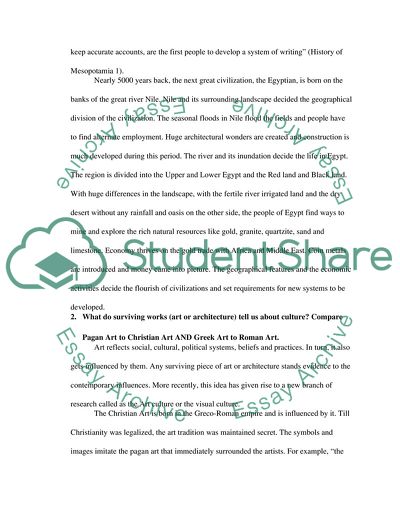The Impact of Geography and Economic Activity Assignment Example | Topics and Well Written Essays - 1750 words. https://studentshare.org/humanitarian/1722705-humanities-antiquity-to-the-middle-ages
The Impact of Geography and Economic Activity Assignment Example | Topics and Well Written Essays - 1750 Words. https://studentshare.org/humanitarian/1722705-humanities-antiquity-to-the-middle-ages.


